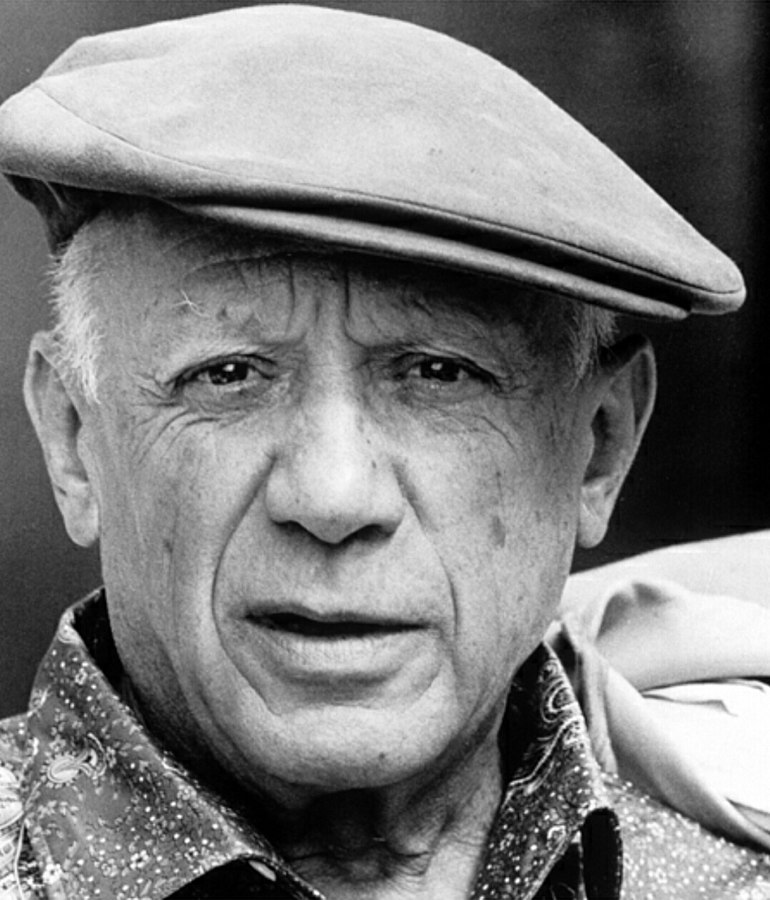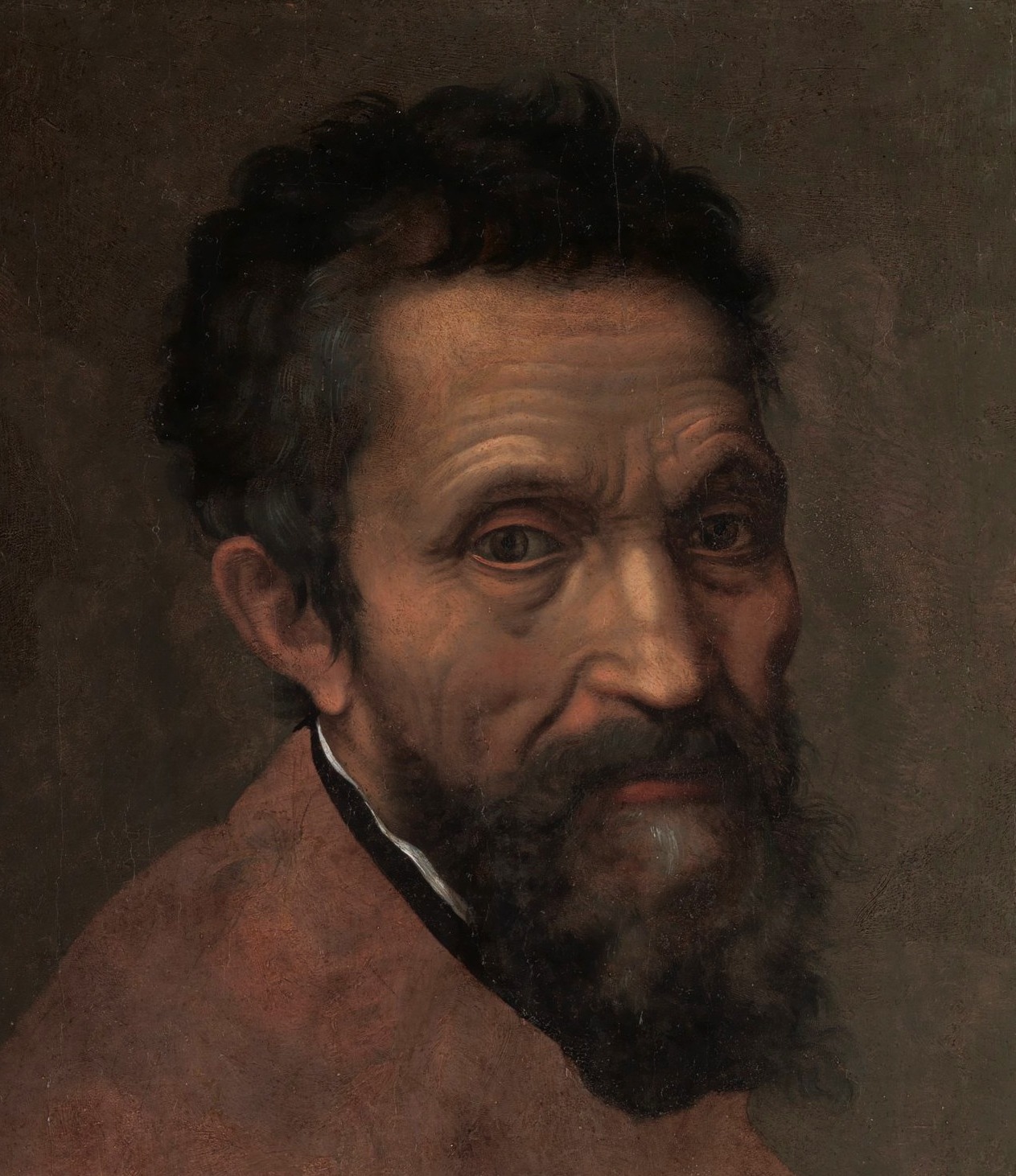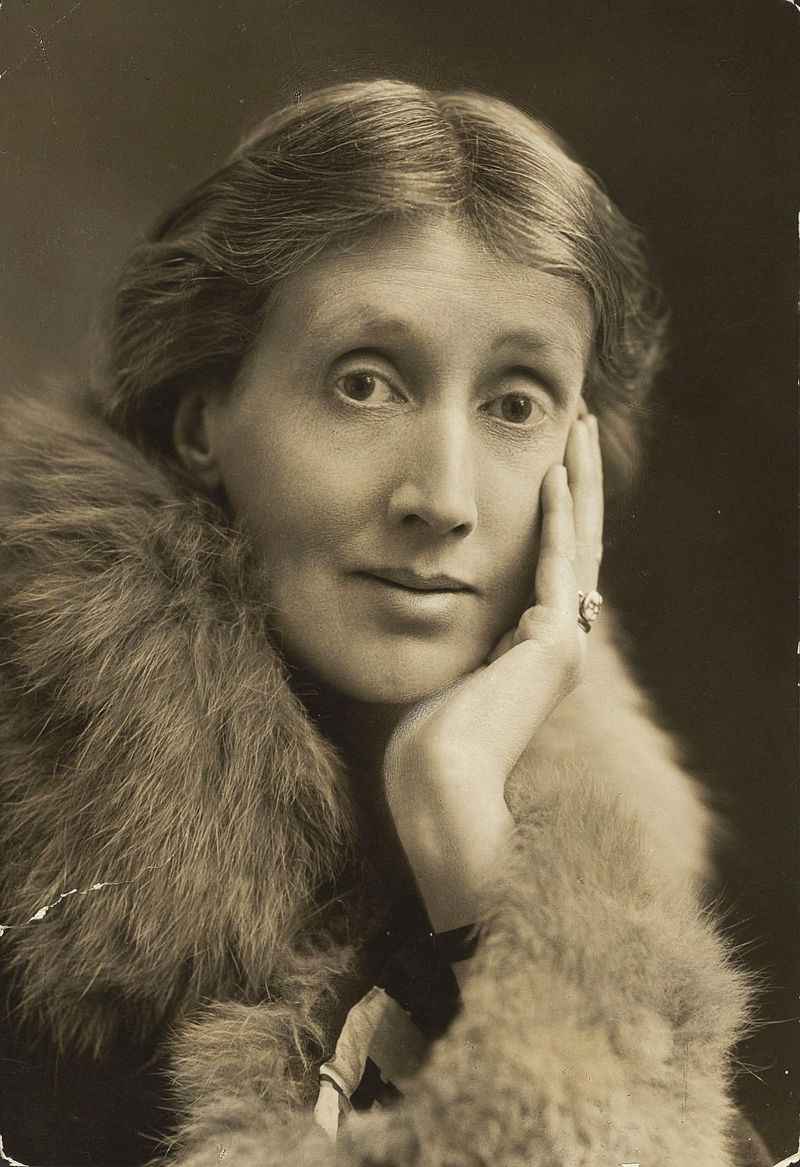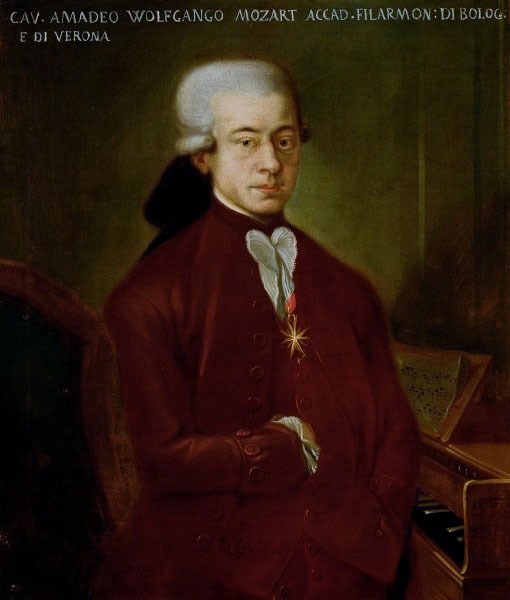It’s no secret that artists can be idiosyncratic in their expression of art, sure, but more often than not, even in their personal lives. Masters of this craft had some eccentric habits and some unique peculiarities. Some of these quirks were surprising; others were just plain bizarre.
In this post, we’ll explore these odd habits and quirks. For example, your favorite artist could have: always carried a revolver around, wrote when on their feet or paint only inside a car, and had an aversion to sleeping or even bathing.
Pablo Picasso
This Spanish master always carried a revolver with him and loaded it with blanks. Whenever he encountered an admirer who was a bit too curious about the meaning of his artwork, he would fire at them.
Arthur I. Miller explained this habit in his book, Einstein, Picasso: Space, Time, and the Beauty That Causes Havoc. It has something to do with pataphysics — or the science of the imaginary, which was invented by the French writer Alfred Jarry. In his play, ‘PèreUbu,’ Jarry wrote a character UbuRoi who makes the case that a spiritual vacuum was created when Nietzche declared God dead, and artists should fill that space.
Jarry would carry a Browning revolver loaded with actual bullets, not blanks, and Picasso (who drew inspiration from the French writer) did the same. He bought Jarry’s Browning revolver after his death. Cruel habit? Perhaps (especially when you consider the fact that blanks can be lethal at close range).
Georgia O’Keeffe
The iconic pioneer of American Modernism, Georgia O’Keeffe, is famously known for her flower paintings, but what you might not know is that the studio she favored had wheels on it. She painted the acclaimed landscapes and flower paintings in the backseat of her Model A Ford.
In an interview, she explained that she had made additional customizations to her car-studio. She turned the passenger side to face the backseat and removed the driver’s seat. The canvas sat on the back, and that’s where she painted most of her artworks.
She painted landscapes in autumn in New Mexico, but it was 100 degrees, and she often had to roll up the windows because of the swarms of bees. But even when sitting in this scorched metal box, she managed to create some of the most highly-acclaimed artworks in history.
Salvador Dali
This surrealist artist is well-known for his quirks and his fascination with the subconscious. So much so, that he considered the art he created, the snapshots of his dreams. He would often take a short nap but would keep a key held in his hand, and as soon as he fell asleep, the key would slip from his hand and fall onto a metal plate, waking him. This little exercise allowed him to memorize and record what he visualized when he drifted into unconsciousness.
He even delivered his lectures in a swimsuit, claiming it helped him dive into his subconscious. Dali was the namesake of his older brother, who died at an early age, and to alleviate some of their grief, his parents named him Salvador as well. Dali explained in his memoirs that his quirks (for instance, stealing pens from his fans, climbing a tree to give interviews or shooting sheep with blanks) were his attempts to escape his brother’s shadow and prove his existence to himself.
Michelangelo
Michelangelo was among a few lucky artists who earned a lot of fame and wealth during their lifetime, but he never actually bathed in his life. And this lack of hygiene extended to his clothes as well, since he didn’t change them for long periods. His biographer reveals that the renowned artist never even bothered to take off his shoes, and would go to sleep with his boots and clothes on.
When he died at the age of 89, his clothing had to be peeled off his body. His feet were infected to the point that the leather boots tore off his skin when they were taken off.
His lack of hygiene was a lifestyle taught by his father, who advised him never to bathe if he wishes to stay in good health. And while Michelangelo did live a long life for his time, his lifestyle was still considered gross.
Virginia Woolf
Adeline Virginia Woolf was an important modernist English writer, and she invented the ‘stream of consciousness’ trope. She wasn’t the only artist in her family, though. Her sister, Vanessa Bell, was a painter.
And naturally, her sister painted while standing up and proving that writing wasn’t any more relaxed than painting, she would also write while standing up — sometimes for hours at end. In other words, this odd habit came out of good old fashioned sibling rivalry.
Charles Dickens
One of the most prolific Victorian writers, Charles Dickens, may have had (undiagnosed) OCD. He was obsessed with arranging everything in his office as meticulously as he could, and he had the habit of touching things thrice (for luck). And unless every object was in the place it was ‘supposed’ to be, he would lose concentration. He even arranged his furniture, pointing north-south since he was also obsessed with magnetism.
But perhaps his one habit that points to his obsessive-compulsive behavior more than others was his obsession with his hair. The prolific writer would spend hours at end combing his hair, sometimes as much as one hundred times a day.
He also had a secret door in his study, which doubled as a bookshelf, that he filled with fake titles like ‘Noah’s Arkitecture’ and ‘Cat’s Lives’ (with fake nine volumes). He was also inspired by hypnotism and mesmerism and practiced it in his personal life, using it to ‘heal’ his family and friends.
Dan Brown
Writer’s block is common among authors and creative individuals, but it can really become a roadblock in their careers if not addressed. However, most creatives know how to deal with it. Some listen to classical music, go on a hike or spend some time alone. Dan Brown, the author of Da Vinci code, takes a slightly different approach to the issue. He reportedly likes to suspend himself by the feet, wearing a pair of gravity boots. This method, known as inversion therapy, is used to treat back pain. For Dan Brown, it helps him clear his mind and get sufficient blood into his brain to get back to his job.
Friedrich Schiller
Friedrich Schiller was a German physician, historian, philosopher, and playwright who was extremely productive and was always working on his papers. Once, he was visited by Johann Wolfgang von Goethe, a writer who came into his study and was overwhelmed by the smell of rotten apples that sat at his desk.
At that time, Schiller was not home, so Goethe asked Schiller’s wife about the apples. She replied that the smell of rotting apples inspired her husband, who needed the unpleasant odor to be productive. On the other hand, Goethe could not stand being in the room and felt that he would faint if he spent more time there.
Wolfgang Amadeus Mozart
Wolfgang Amadeus Mozart is the face of classical music, and his pieces are still held to a high standard decades after his death. Although Mozart showed off his refined taste in music through Lacrimosa and Magic Flute, the same could not be said about his sense of humor. According to sources, Mozart was particularly fond of fart jokes. He even wrote a piece that required 6 voices to be performed and was called “Leck mich im Arsch.”
Leo Tolstoy
Leo Tolstoy is a Russian literature giant who has several historically accurate books under his belt, which are now classified as literary masterpieces. He came from the highest layers of society. Still, he had started questioning his own path and the morale of his society. These thoughts led him to denounce the rich life he was living. Tolstoy became a vegetarian and wore peasant clothes and shoes, which he made himself. Unfortunately, he was not as skilled at making clothes and shoes as he was at writing.
Final Thoughts
Some of these quirks made it into their expression of art, and maybe even helped make them the masters of their craft. Which of these strange habits do you find the most peculiar?




